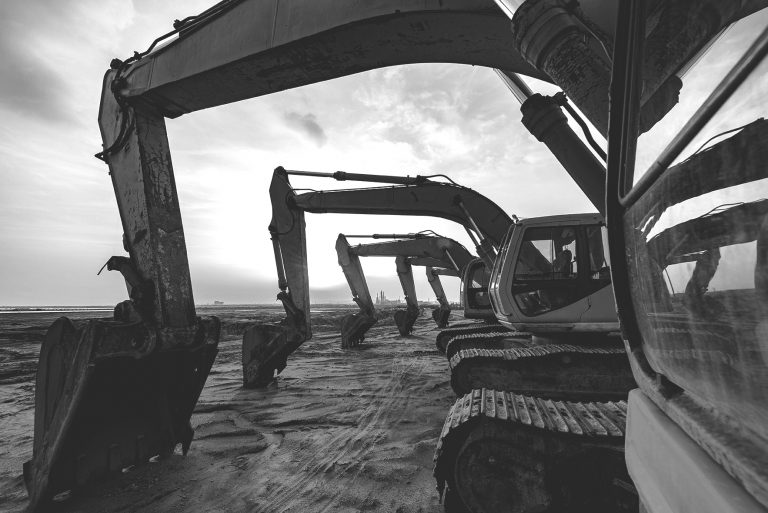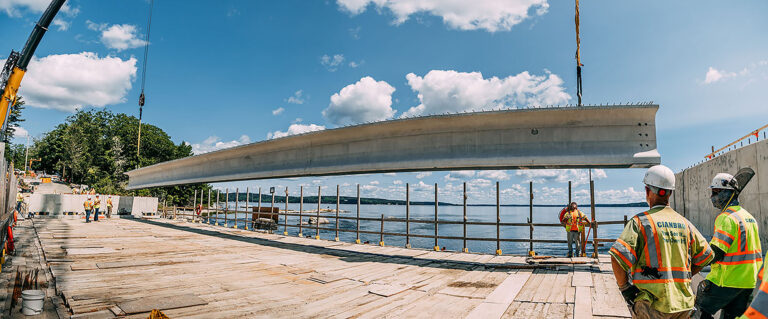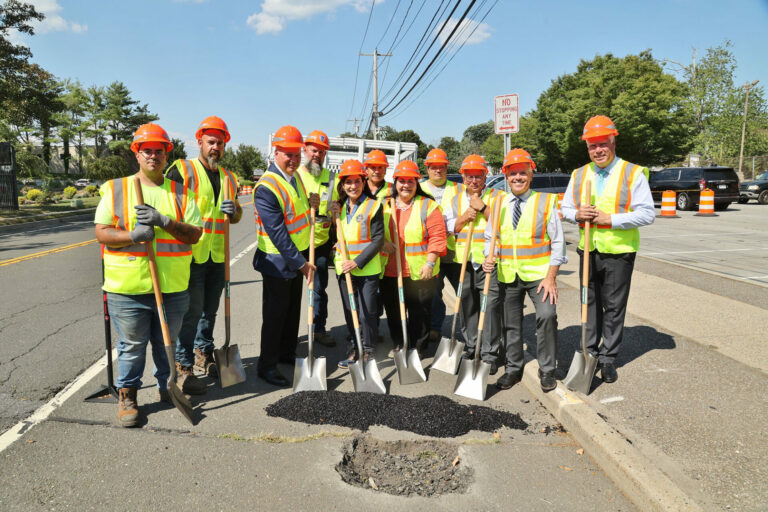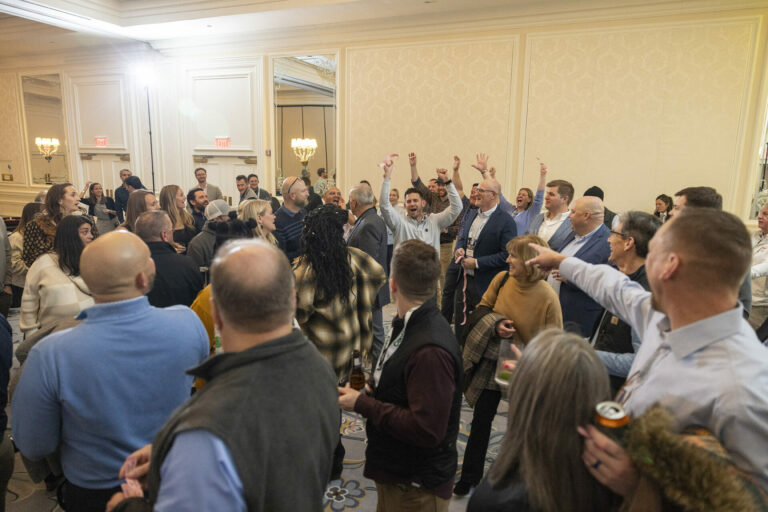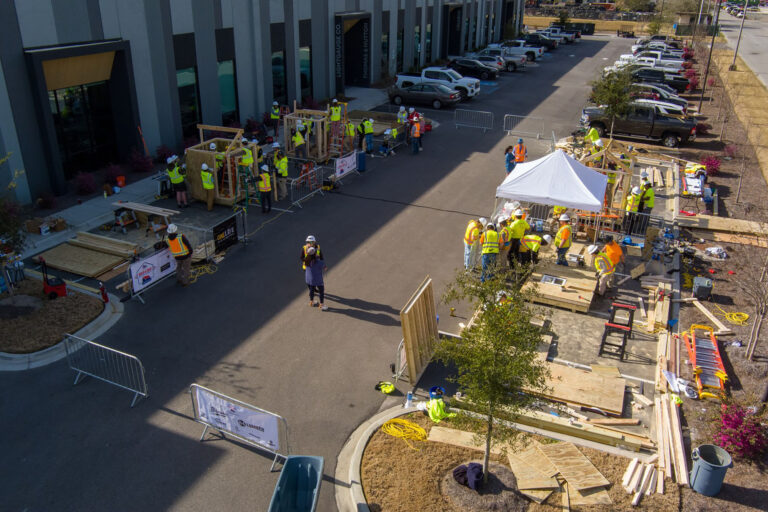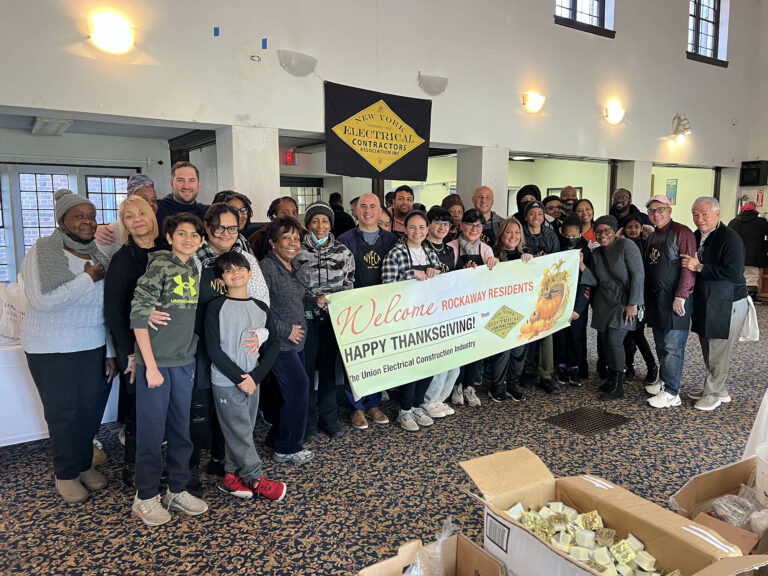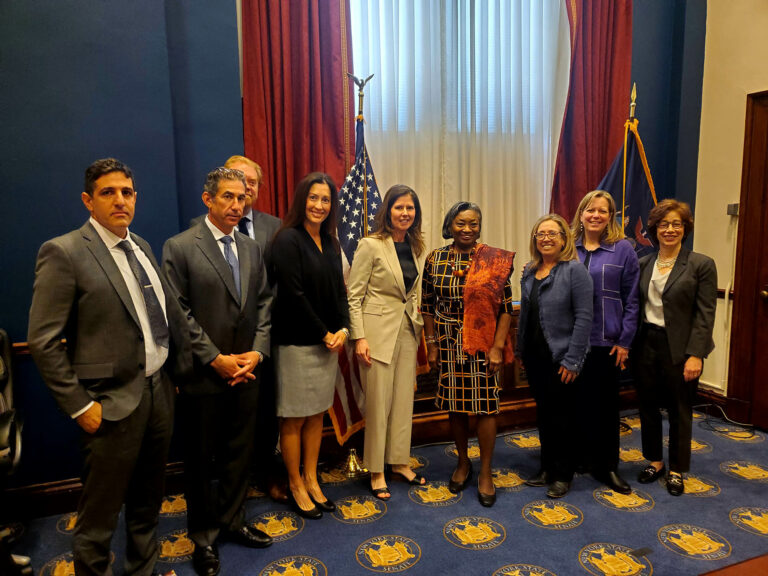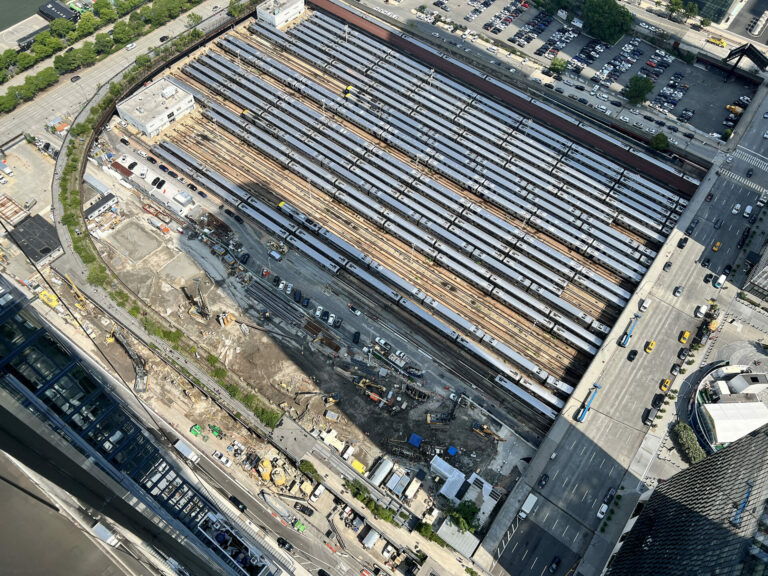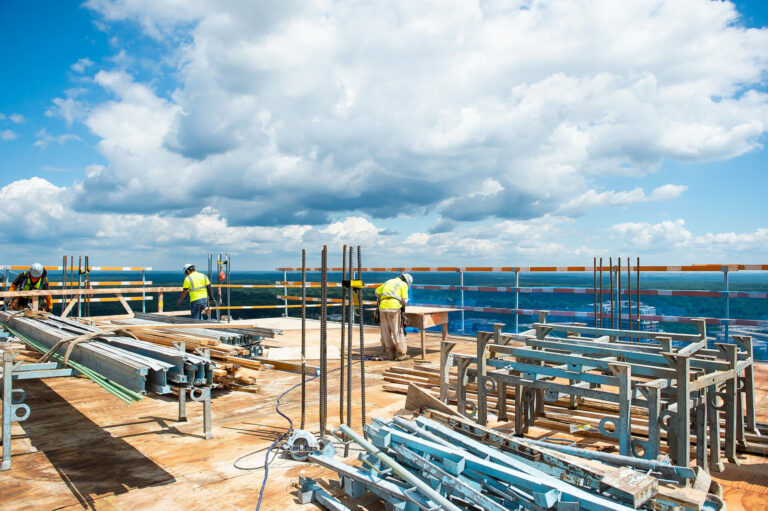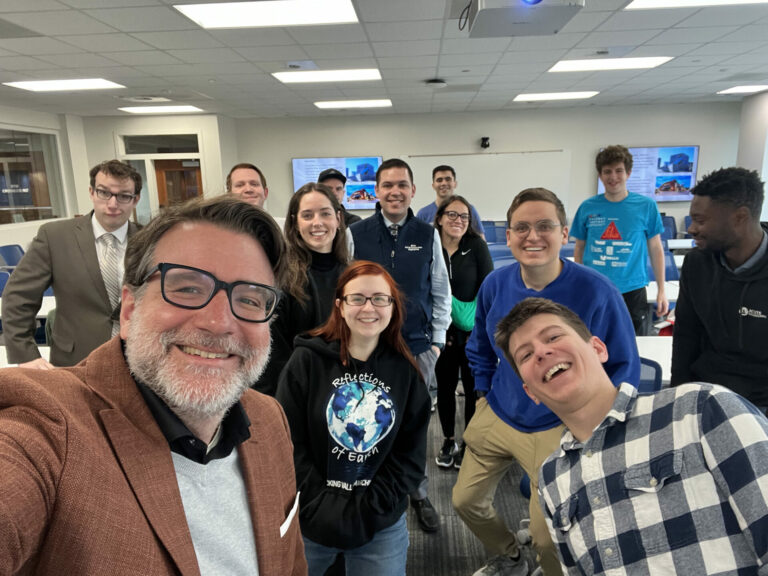The Subcontractors Trade Association (STA) was founded in 1966 to address the growing need for a unified voice to represent union specialty trade contractors. What began as a small collective of subcontractors determined to create a fairer industry has evolved into a powerful advocacy organization serving over 350 specialty trade contractors, suppliers, and support services throughout the New York City metropolitan area.

The founders of STA recognized the unique challenges faced by subcontractors in securing fair contracts, ensuring timely payments, and navigating the complexities of the construction industry. “When subcontractors are united, they can more effectively address the challenges they face and help shape a fairer and more sustainable future for the construction industry as a whole,” says Felice Farber, Executive Director of STA.
At the time of its inception, many subcontractors lacked the support and resources necessary to advocate for legislative reform, fair treatment from owners, and industry-specific education. Today, STA serves as a crucial advocate, ensuring its members have access to the tools and support they need to succeed.
STA actively represents its members on issues such as fair contract terms, legislative reforms, and ensuring subcontractors receive timely payments. “All of these are critical concerns for our members,” Felice explains. Beyond advocacy, STA provides a comprehensive educational program to keep subcontractors informed on legal and regulatory changes, insurance challenges, and best business practices to optimize opportunities, reduce costs, and grow their businesses.
One of the key annual events hosted by STA is the Tech Expo, which showcases the latest industry innovations and provides networking opportunities with general contractors. These connections often lead to new projects and long-term collaborations, helping subcontractors expand their reach and impact.
Since 1975, STA has been part of the statewide Empire State Subcontractors Association, successfully driving the passage of 40 pieces of state legislation. These laws have addressed critical issues such as improving payment practices on construction projects and ensuring subcontractors can file mechanics liens.
“Legislative advocacy has resulted in prompt payment laws, interest on late payments, the release of retainage, lien rights, and the core issues of fairness and transparency,” Felice explains. Additionally, STA works closely with public agencies to advocate for fair contract terms, efficient project closeouts, and timely negotiations of change orders.
“Legislative advocacy has resulted in prompt payment laws, interest on late payments, the release of retainage, lien rights, and the core issues of fairness and transparency.”
Currently, one of the most pressing challenges for subcontractors is the rising cost of insurance. Historically, general liability insurance costs accounted for 2% to 4% of a project’s total cost. Today, these costs have soared to nearly 20% of members’ revenues, creating a financial strain on subcontractors.

Felice elaborates: “Liability insurance is considered part of a subcontractor’s overhead, but since insurance costs are tied to payroll or revenues, they also rise when additional work is required. This means subcontractors are losing money on every single change order because the overhead allowance does not adjust accordingly.”
STA argues that insurance should be treated as a direct cost of extra work, rather than being bundled into overhead. This change would ensure subcontractors receive proper compensation for the increasing costs associated with additional work.
One of the biggest contributors to escalating insurance costs in New York City is insurance fraud, exacerbated by the state’s unique Scaffold Law. “New York’s Scaffold Law seems to encourage fraud—or at the very least, allows it,” Felice notes.
Liability insurance costs in New York City are 300% higher than in other parts of the country, driven in part by fraudulent claims. “For example, insurance companies have reported multiple claims originating from the same address or involving the same worker on different job sites. Some claims even involve workers who were never employed at all,” Felice says. “This forces insurers to raise premiums across the board, worsening the financial burden for subcontractors.”
In addition to financial concerns, STA is addressing another critical issue in the construction industry: mental health. The construction sector has one of the highest suicide rates of any industry, making mental health support a top priority.
“Suicide prevention is crucial in construction, as workers face higher rates of suicide compared to other professions,” Felice explains. “The stigma surrounding mental health prevents many individuals from seeking help, which can lead to dangerous cycles of isolation.”
To combat this, STA has partnered with the American Foundation for Suicide Prevention to provide training for workers and managers. Their program, Talk Saves Lives, teaches participants how to recognize signs of mental distress and effectively support struggling workers. “We aim to create a more supportive, open environment on job sites,” Felice says.
Additionally, STA is collaborating with Gallagher Bassett Technical Services to deliver a series of 30-minute safety talks. These sessions focus on legislative updates, training requirements, and best safety practices to ensure a healthier work environment.
Looking ahead to 2025 and beyond, the industry faces both opportunities and uncertainties. “On one hand, subcontractors are seeing a high volume of work being bid, and there’s optimism surrounding large projects moving forward,” Felice says. “However, projects originally expected to begin in early 2025 are now being delayed, creating some uncertainty.”
Rising material costs are another major concern. The COVID-19 pandemic caused a dramatic spike in prices, and subcontractors are now grappling with potential further increases due to new tariffs. These financial pressures make it even more challenging for subcontractors to maintain profitability and manage long-term projects.
Federal funding decisions will also play a key role in shaping the industry’s future. “The potential for shifts in funding could significantly affect the timeline and scale of government-funded construction work,” Felice explains. “While there are promising opportunities, ongoing delays, cost concerns, and funding uncertainties suggest that caution is necessary as we move forward.”
Despite these challenges, STA remains committed to supporting its members every step of the way. “STA is a vital resource for subcontractors, offering advocacy, networking, business opportunities, and education,” Felice says. “We serve as the go-to hub for subcontractors, helping them navigate industry challenges, expand their connections, and grow their businesses.”
With its unwavering focus on fair treatment, financial sustainability, and workforce well-being, STA continues to be a driving force for positive change in the construction industry. As it moves forward, the organization remains dedicated to ensuring a fair, transparent, and thriving environment for subcontractors across New York and beyond.




